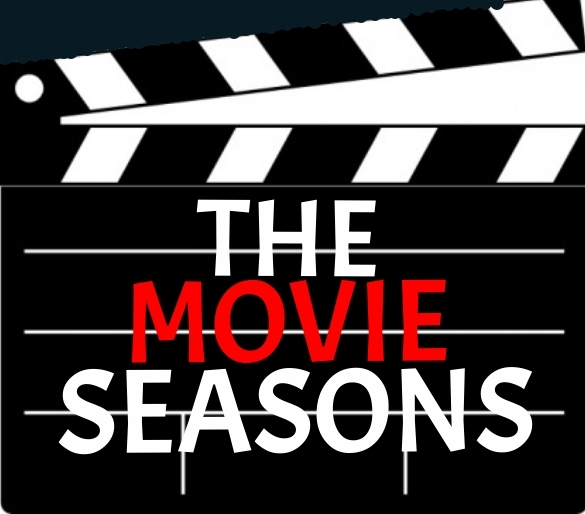The world is in desperate need of inspirational stories right now. And it never hurts when these are true, either. The title for this film based on the book of the same name by Margot Lee Shetterly could not be more appropriate. How many of us knew that there were a significant number of female African-American mathematicians working at NASA in the 1960’s who helped send our astronauts into space? We know one side of the story- the more famous side, the one involving John Glenn and the other six pilots who became the first American men in space. That story was told in the 1980 classic The Right Stuff, but this one? This one is new precisely because it’s been hidden for so long.
Taraji P. Henson plays Katherine Johnson, the mathematical genius who overcame poverty in early 20th century West Virginia to make her way to Langley by 1961, one of many female “computers,” whose job was, as you might be able to deduce, to compute the numbers before we had those little machines to do it for us. Katherine was a widow with three children who worked long hours at NASA, along with her friends and colleagues Dorothy Vaughn (Octavia Spencer) and Mary Jackson (Janelle Monae), in the computing and engineering departments. Finally, Katherine is pulled out of the segregated computing section and placed in a high level position to calculate flight trajectories in the all white, all male Space Task Group, headed by director Al Harrison (played with natural grit and no nonsense gruffness by Kevin Costner).
Faced with overcoming the prevalent and institutionalized racism and sexism of the time and place (Virginia had routinely ignored such civil rights decisions as Brown v. Board of Education), Katherine fought her way into the halls of power through her sheer brilliance, simply by being better with the numbers than everyone else. Hidden Figures tells this underknown story through conventional but highly entertaining filmmaking that highlights the remarkable accomplishments and intelligence of these women at a time when their undoubted ability wasn’t enough to break anyone in who wasn’t white and male. The three leads share a chemistry and charisma that pop off the screen (especially from singer Janelle Monae, a newcomer in films this year) and sell us these characters in a way that’s impossible to root against.
Or for some, maybe not. Watching this film recreate the segregation and tumultuousness of the early 60’s, it’s hard not to think how relevant stories like this have become once again. Senseless discrimination based on gender and race (or sexual orientation) serves to deprive societies of reaching heretofore unimagined heights, as this film and this story clearly shows. These women were necessary for the goal of sending humans into space, a feat which may very well have never been achieved had we not reached into the parts of our population for whom opportunity was and IS routinely denied. This movie is also a celebration of science, of scientific achievement the likes of which are under attack from those who see a film like this and long to go back to this time. A time when discrimination allowed only one segment of the populace, the one that has always been in power and never been denied, their unchallenged rule over those deemed unlike them, and therefore unworthy. It’s appalling that there even exists at all a “nostalgia” for days like this. The only people who would want to go back to this are the ones who see the systematic oppression of others as a benefit to themselves. We must continue to shine a light on the achievements of those who’ve worked steadily, out of the spotlight, unseen, and uncelebrated for far too long.
* * * 1/2




